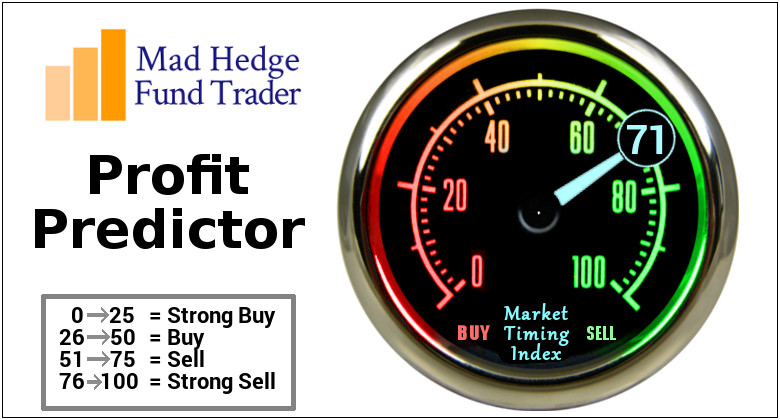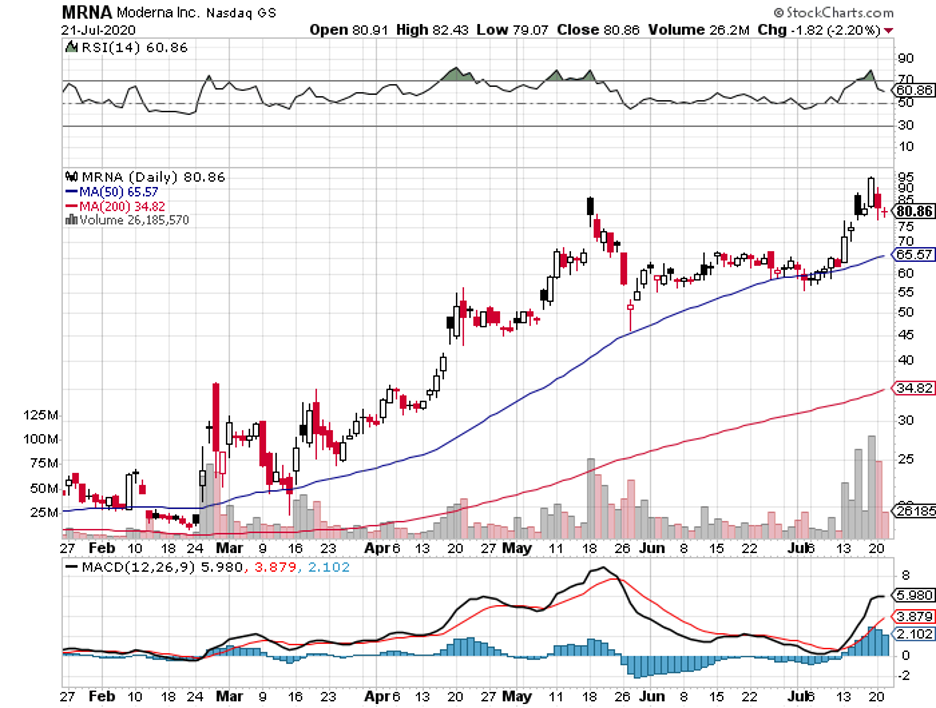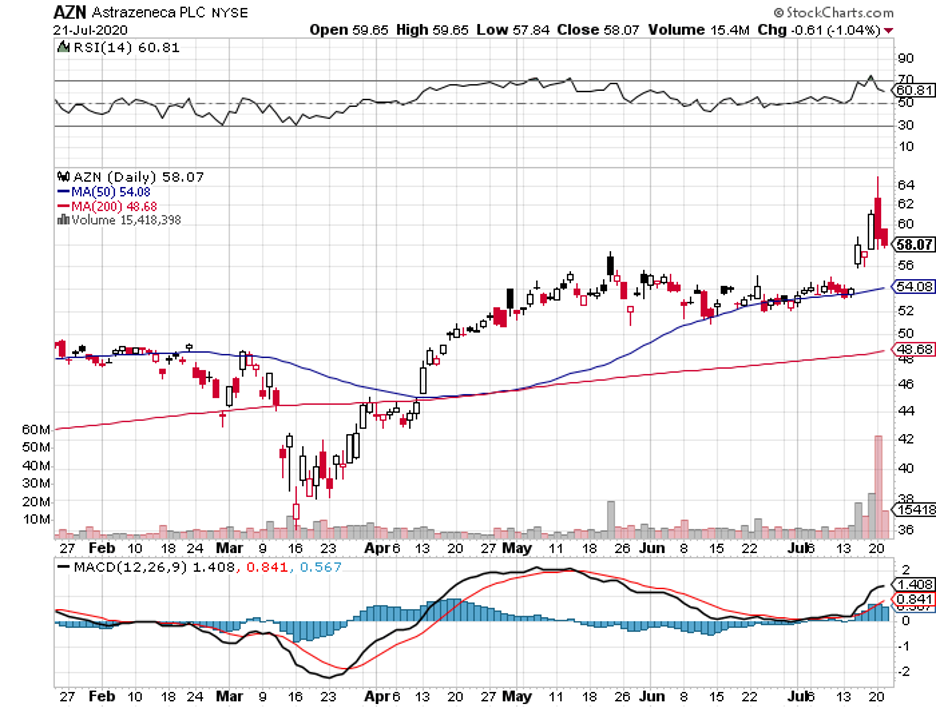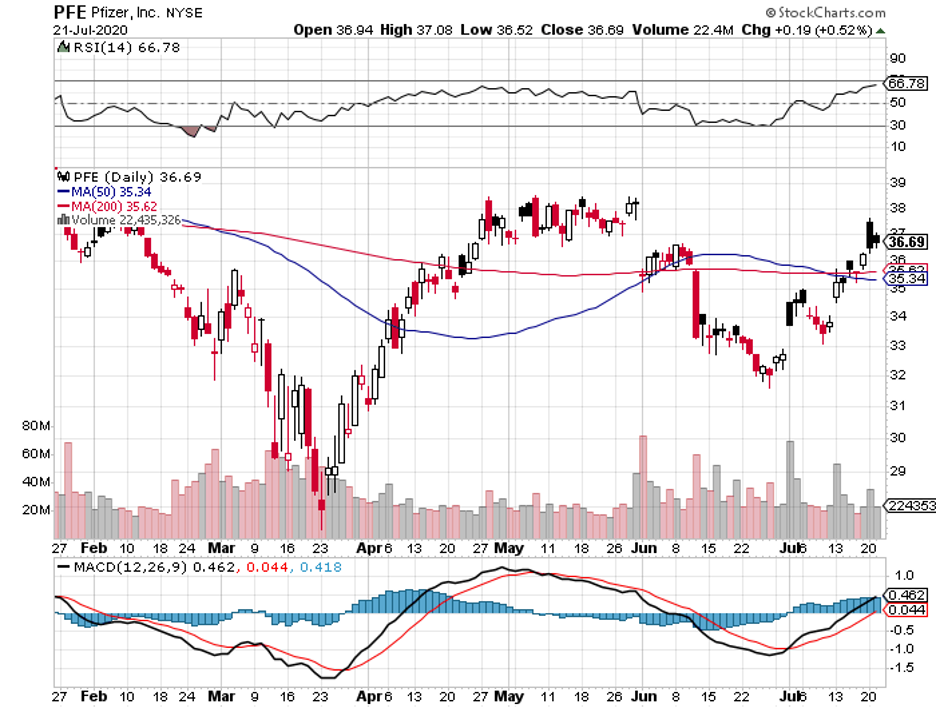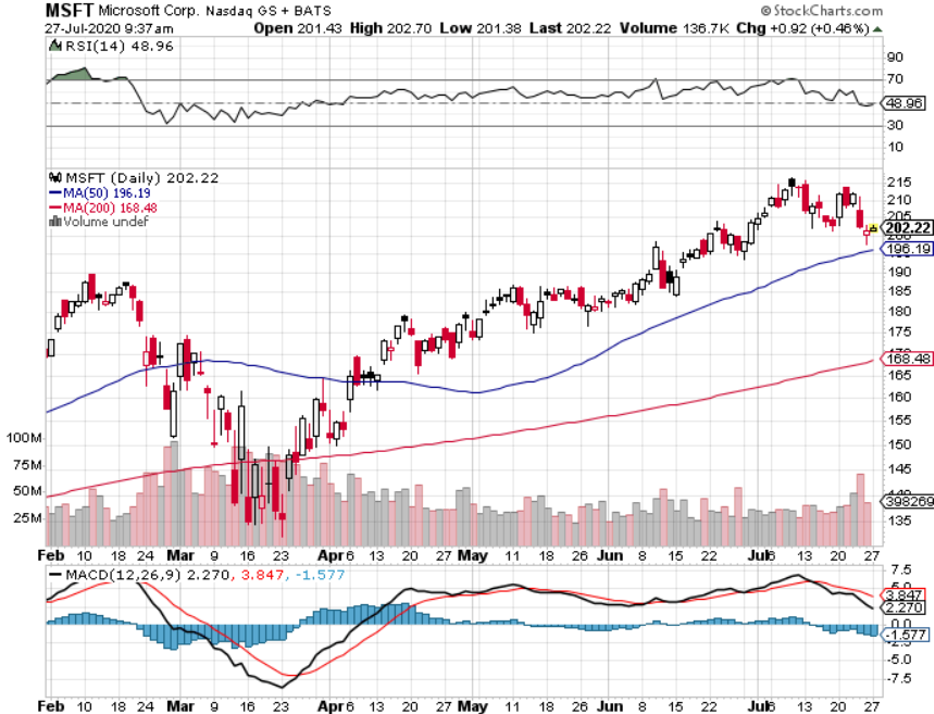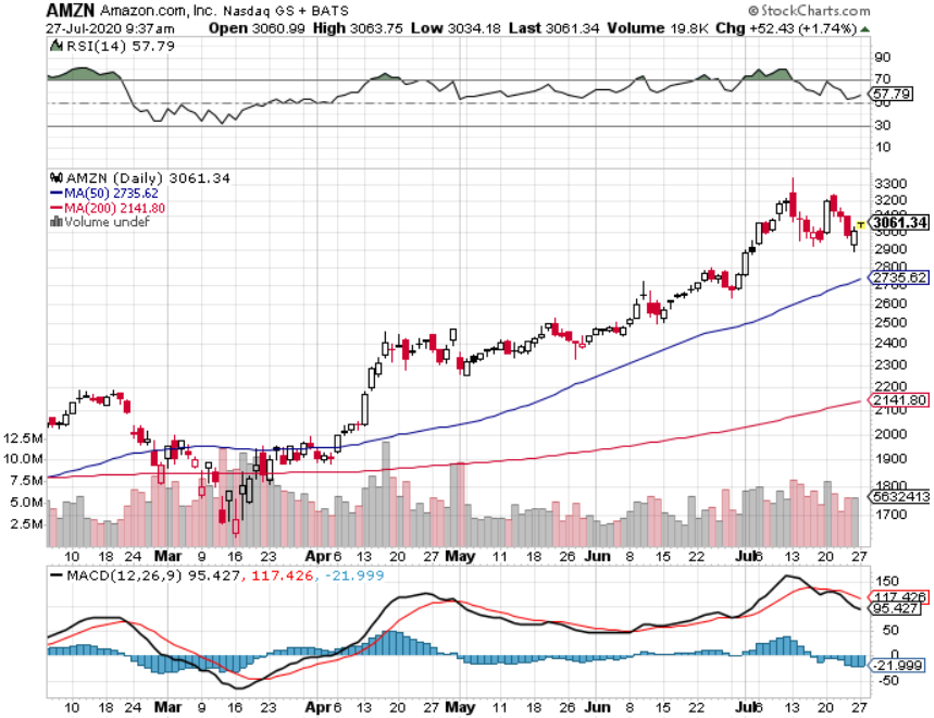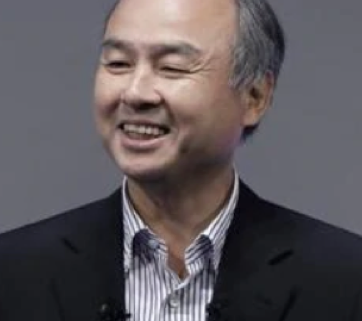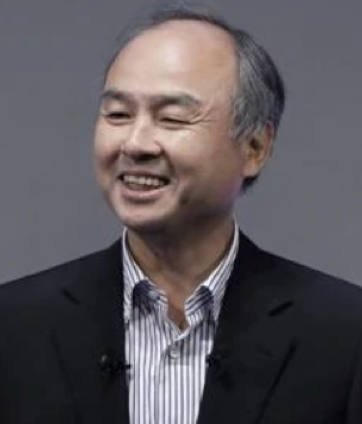While the Diary of a Mad Hedge Fund Trader focuses on investment over a one week to a six-month time frame, Mad Day Trader, provided by Bill Davis, will exploit money-making opportunities over a brief ten minute to three-day window. It is ideally suited for day traders, but can also be used by long-term investors to improve market timing for entry and exit points. Read more
Global Market Comments
July 29, 2020
Fiat Lux
Featured Trade:
(PLAYING THE SHORT SIDE WITH VERTICAL BEAR PUT SPREADS),
(TLT)
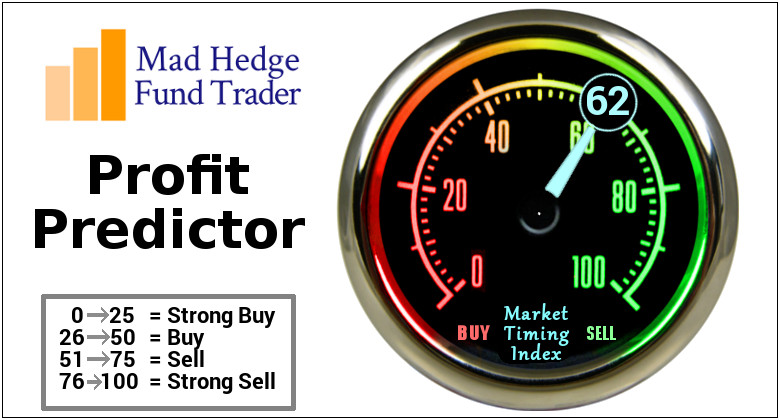
When John identifies a strategic exit point, he will send you an alert with specific trade information as to what security to sell, when to sell it, and at what price. Most often, it will be to TAKE PROFITS, but, on rare occasions, it will be to exercise a STOP LOSS at a predetermined price to adhere to strict risk management discipline. Read more
Mad Hedge Biotech & Healthcare Letter
July 28, 2020
Fiat Lux
Featured Trade:
(EARLY WINNERS ARE TURNING UP IN THE COVID-19 VACCINE RACE)
(MRNA), (AZN), (PFE), (JNJ), (MRK), (BNTX)
In less than six months since the pandemic broke, the world has come up with 140 vaccine candidates in pre-clinical trial phase and 23 undergoing the clinical evaluation stage.
However, the race to produce a COVID-19 vaccine recently intensified after three of the leading laboratories shared promising progress from their early human trials.
Among the frontrunners, AstraZeneca (AZN), Pfizer (PFE), and Moderna (MRNA) are dubbed as the “most ambitious” primarily due to their tight timelines for approval and their seemingly unreachable goals in terms of the total doses they could produce this year.
All the vaccine developers that released their results claimed that their candidates triggered strong immune responses with patients experiencing only minor side effects.
According to their data, their vaccines elicited similar responses as those observed from the individuals who recovered from COVID-19.
Moderna, which was the first developer to test its mRNA-1273 vaccine in humans, announced that Phase 3 of its human trials would start on July 27. This will involve 30,000 volunteers.
Moderna’s vaccine makes use of a genetic material, called mRNA, from the SARS-CoV-2 to trigger the body’s immune system to fight off the virus.
Meanwhile, AstraZeneca’s partnership with Oxford University produced what could be the most closely followed COVID-19 vaccine thus far. The candidate is tentatively known as AZD1222.
Even before the vaccine’s efficacy gets proven, the company already received a total order of 2 billion doses worldwide. Early estimates indicate that AstraZeneca can produce a million doses of its COVID-19 vaccine by September.
This partnership’s project is so sought after that rumors keep persisting that Russian spies are out to steal the research.
AstraZeneca’s approach is similar to the technique used by another vaccine maker outside the US, China’s own Cansino Biologics.
Both developers altered the genes of the adenovirus, which is another common virus, modifying it to harmlessly mimic the SARS-CoV-2. This will then induce an immune response from the body.
While Moderna was the first to enter human trials, AstraZeneca and Oxford’s candidate was the first to start the Phase 3 tests.
The reason that AZD1222 is gaining more traction than Moderna’s vaccine is because one dose of AstraZeneca’s candidate elicited an antibody response in more than 90% of the participants and a second dose managed to hit 100% -- the same level found among convalescent COVID-19 patients.
Among the three, though, Pfizer and BioNTech (BNTX) stand out because this is the only collaboration that refused government funding from the US.
This partnership uses the same approach as Moderna, with its early results also showing off promising immune responses from the participants.
Although the details have yet to be officially released, Pfizer landed its first government contract. The deal is with the UK and the New York-based biopharmaceutical company is expected to deliver 30 million vaccine doses between 2020 and 2021.
Aside from Moderna, AstraZeneca, and Pfizer, two more companies were included in Donald Trump’s Operation Warp Speed.
The fourth company is Johnson & Johnson (JNJ). The biotechnology and healthcare titan has yet to release results, with its first human trials scheduled this July and late-stage tests expected to start as soon as September. JNJ’s goal is to produce a vaccine by early 2021.
The fifth contender in the COVID-19 vaccine race is Merck (MRK).
While the rest of the developers are focusing on speed, Merck insists on taking its time before releasing their results. The company has made no announcement on its plans for human studies, with its leaders warning against accelerating the safety protocols.
At this point, there’s still no accurate way to determine the price of the COVID-19 vaccine. Nonetheless, investors are already smelling big money for this program.
A glaring example of how the COVID-19 crisis has pumped funds into biotechnology and healthcare companies is Moderna’s trajectory this year.
Prior to this pandemic, Moderna had a market capitalization of roughly $7 billion. Since February, though, this number has more than tripled its value at $23 billion.
While it is not the case for all the companies in the vaccine race, the excitement over it is understandable.
Let’s indulge in a bit of a back-of-the-envelope calculation.
If we base the estimates on the recent vaccines for diseases like meningitis B and the shingles, which cost somewhere between $300 and $400 for an entire course, then we can assume that the COVID-19 vaccine could fall near $500 per course.
That means vaccinating the entire population would rake in more than $150 billion to the company --- virtually all of its profit.
Inasmuch as that presents a lucrative opportunity, most of the leading companies already announced that they do not intend to make a profit off their COVID-19 programs.
These include Moderna, JNJ, and AstraZeneca. Meanwhile, Pfizer has yet to make that announcement.
While the Diary of a Mad Hedge Fund Trader focuses on investment over a one week to a six-month time frame, Mad Day Trader, provided by Bill Davis, will exploit money-making opportunities over a brief ten minute to three-day window. It is ideally suited for day traders, but can also be used by long-term investors to improve market timing for entry and exit points. Read more
Global Market Comments
July 28, 2020
Fiat Lux
Featured Trade:
(HOW TO EXECUTE A VERTICAL BULL CALL SPREAD),
(AAPL)
Mad Hedge Technology Letter
July 27, 2020
Fiat Lux
Featured Trade:
(IS BIG TECH JUST A FLASH IN THE PAN?),
(MSFT), (AMZN), (AAPL), (GOOGL), (FB)
Today’s tech newsletter might be the most important one you will ever read.
It’s my job to distill exactly what is going on in tech and disburse this information in a way that readers can take advantage of it in real-time.
The tech market is all about striking when the soil is fertile.
The five largest stocks in the S&P 500, Microsoft (MSFT), Amazon (AMZN), Apple (AAPL), Google (GOOGL), and Facebook (FB) have accrued a combined valuation that surpasses the valuations of the stocks at the bottom 350 of the index.
This means that if you weren’t in tech the past few years, chances are that your portfolio significantly underperformed the broader market.
Even in August 2018, many active managers could have thrown in the towel and said the late economic cycle was way too frothy for their taste and time to take profits.
Little did they know that betting against the best growth industry in the last 2 generations would equate to self-firing themselves, because to replicate the same type of performance would have meant staying in tech through the coronavirus scare.
Many in the trading community would even go as far as to say to wait for the bear market, then big tech would get hammered first and deepest because of their lofty valuations.
These tech companies were in for a rude awakening and shares had to consolidate, right?
Well, anyone who doesn’t live under a rock is seeing the exact opposite play out with Amazon, Microsoft, and Apple valued above $1 trillion and still soaring as we speak.
This goes to show that betting against something because they are “too expensive” or “too cheap” is a fool’s game.
Just take oil for instance, that many retail investors bought because they came to the conclusion that oil could never go below zero.
Then playing oil through an ETF with massive contango meant that the index is likely to go down even if the price of oil is up.
Not only do investors bear insanely high risk in these trading vehicles, but also a systemic risk of oil ETFs blowing up.
Oil is cheap, and it can get cheaper, while tech is expensive and can get a lot more expensive.
Until there are structural changes, there is no point to bet on a sudden reversal out of thin air.
The “reversion to the mean” trade can blow up in your face if used irresponsibly.
Betting against things that an individual perceives as unsustainable and secretly hoping that they cannot continue to go on is probably the worst strategy that I have ever heard of in my life.
The reality is that these things are sustainable, and tech shares will keep moving higher uninterrupted until they don’t.
"Until they don’t" would mean meaningful structural damage to big tech’s business model, which I do not see one iota in today’s business climate.
In fact, these companies just keep going from strength to strength.
Active managers are the ones who set market prices and they help the momentum accelerate in tech with full knowledge that if they miss out, there is likely no other solution to hit yearend targets.
What active manager doesn’t want their year-end bonus?
Even analyze the value investors who, in a normal world, would not even consider tech companies because they avoid the traditional “growth” profile.
Funnily enough, these “value” investors have Microsoft in their portfolios now, even though it is not close to a value stock.
So what has Microsoft accomplished recently?
CEO of Microsoft Satya Nadella has rebuilt a company Microsoft that is now equal in value to The Financial Times Stock Exchange 100 Index, the share index of the 100 companies listed on the London Stock Exchange with the highest market capitalization.
That’s right, one American company is just as valuable as the top 100 public companies in England.
Even more hilarious, Jeff Bezos’s wealth is greater than the entire European country of Hungary.
Yes, the one south of Poland that serves goulash as the national cuisine.
An even broader view of tech would give us an even more stunning snapshot of the success showing that the Top 5 tech stocks are now worth more than the entire developed stock market outside the U.S. such as Europe, Canada, Japan, Hong Kong combined.
Then take into consideration that these companies are on the cusp of penetrating high margin industries like medicine and healthcare which will translate into another golden decade of accelerating revenue and elevated profits relative to the rest of the S&P index.
The U.S. is a place where unfettered capitalism is promoted and implemented, and tech’s outperformance manifests itself by pouncing on the winner-takes-all mentality.
Americans like winners and the rules are no different in corporate America.
These 5 tech names have contributed over 20% of the gains in the past month and until they falter, there will be no tech sell-off.
"We are unicorn hunters." - Said Founder and CEO of SoftBank’s Masayoshi Son
Legal Disclaimer
There is a very high degree of risk involved in trading. Past results are not indicative of future returns. MadHedgeFundTrader.com and all individuals affiliated with this site assume no responsibilities for your trading and investment results. The indicators, strategies, columns, articles and all other features are for educational purposes only and should not be construed as investment advice. Information for futures trading observations are obtained from sources believed to be reliable, but we do not warrant its completeness or accuracy, or warrant any results from the use of the information. Your use of the trading observations is entirely at your own risk and it is your sole responsibility to evaluate the accuracy, completeness and usefulness of the information. You must assess the risk of any trade with your broker and make your own independent decisions regarding any securities mentioned herein. Affiliates of MadHedgeFundTrader.com may have a position or effect transactions in the securities described herein (or options thereon) and/or otherwise employ trading strategies that may be consistent or inconsistent with the provided strategies.


